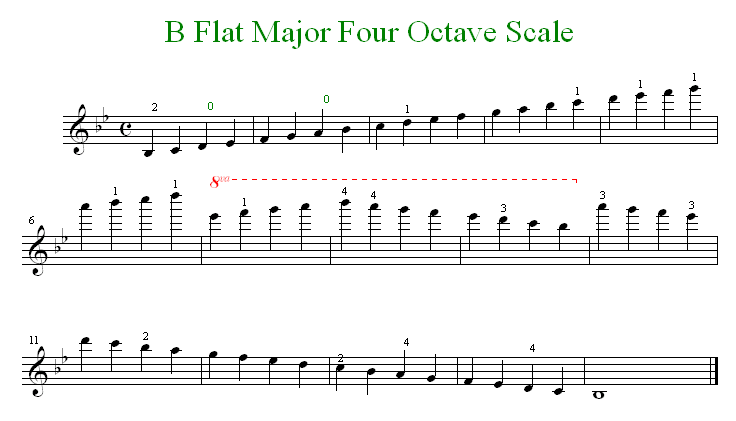
The rest are minor scales that are further divided into natural, melodic, and harmonic. In total, the number of music scales is 48. There are two main types of music scales major and minor. The first one is based on the nature of the scale, and the second one is based on the number of pitch classes they contain. There are two ways to differentiate between music scales. Moreover, when a musician is playing a piece with other musicians, a scale will keep them in key, so they can play in harmony with the other instruments. This is why scales provide you with different ideas for improvising or building notes for leads, basslines, hooks, or melodies. Scales represent the framework that combines other elements to create a coherent piece of music that can evoke emotions.

If you’re a music student or simply a music enthusiast, learning about scales will give you the needed knowledge about the foundation of music. They set the tone for the music piece or song, and this is why creating a cover might involve playing the song in a different scale. Two notes can also create an interval in relation to each other. The notes in a music scale are numbered from the first one. This arrangement depends on whether the pitches are increasing, where there is a bracket that shows whether the last note is in a higher or lower octave than the first one.

Scale steps aren’t equal because there’s no limit to how many notes can be included in the same music interval.Ī scale that shows the repetition of an octave can be represented in a circular form where the pitches are arranged. This octave-repeating pattern usually sets the notes from low pitches to higher pitches.Įach scale is divided into different steps, and a scale step refers to the distance or interval between two successive steps on the same scale. Generally, a scale spans a single octave, and higher and lower octaves will simply repeat the scale in different notes. So, a scale refers to this pattern, which can be an increasing or decreasing scale based on the pitch and whether it’s ascending or descending. When musicians play music, they play according to scale or a pattern that puts the notes in a logical order.

What Are the Different Types of Scales? What is a Scale in Music?


 0 kommentar(er)
0 kommentar(er)
